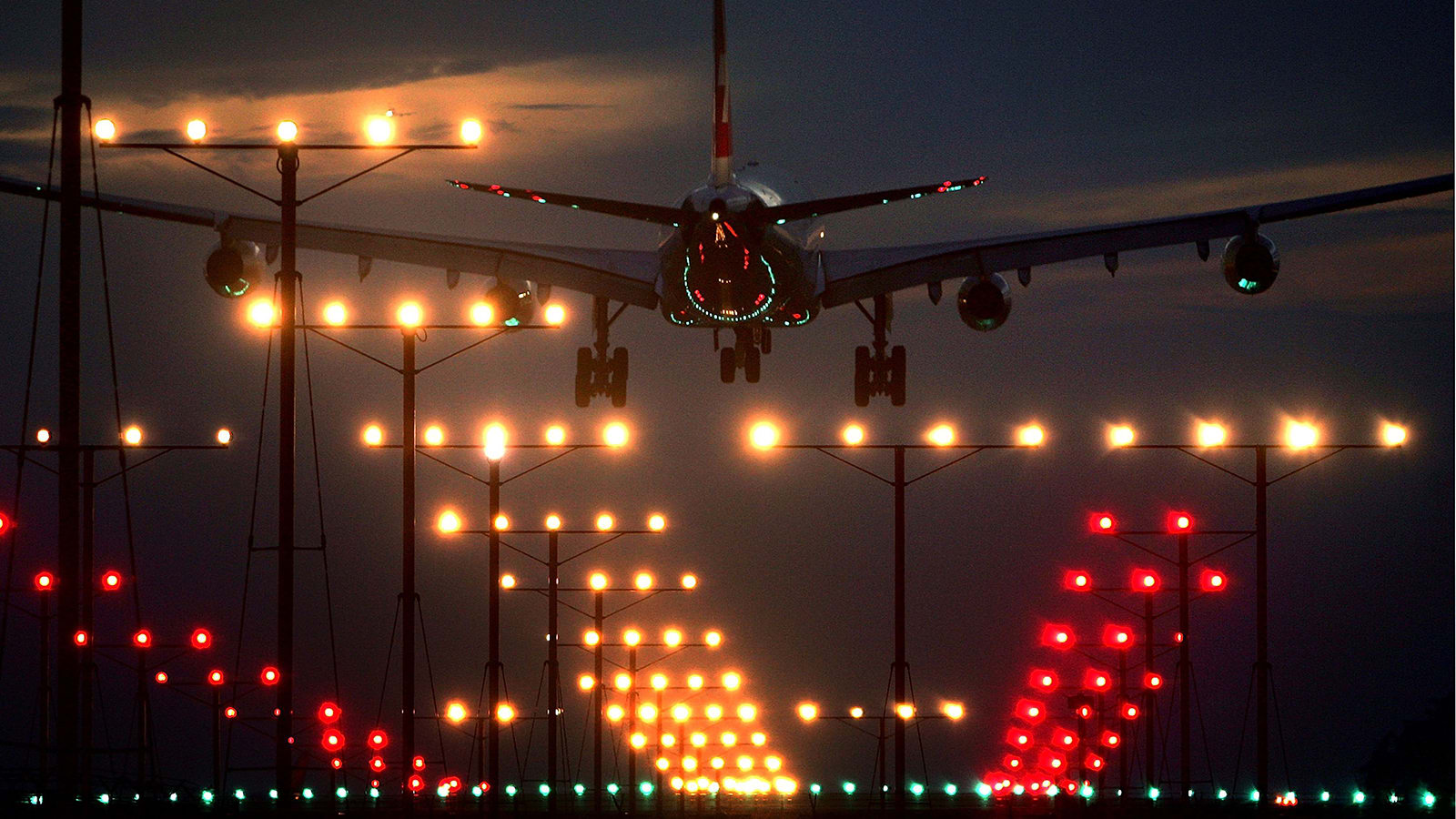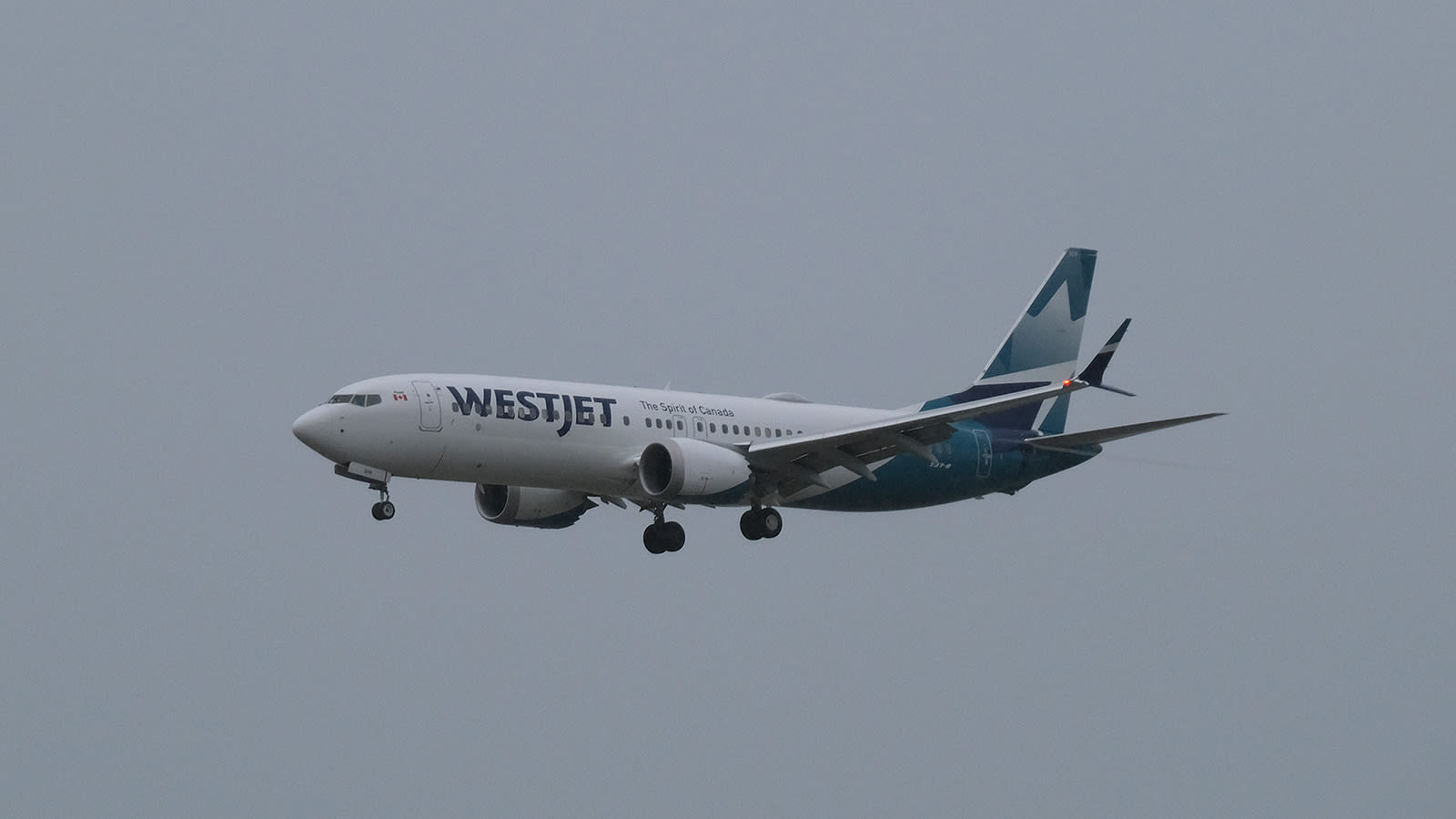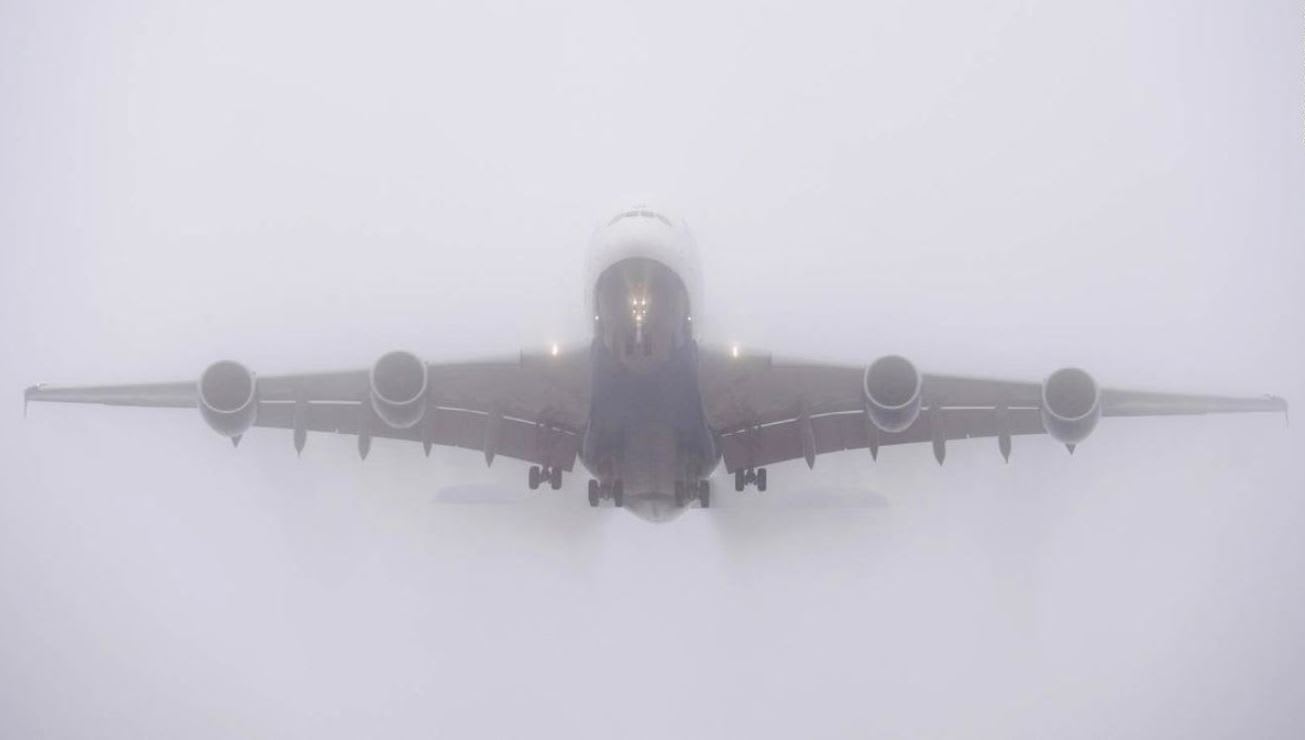دبي، الإمارات العربية المتحدة (CNN) -- هل أمضيت رحلتك الجوية وأنت تقرأ بعمق روايةٍ مثيرة للاهتمام لدرجة أنك بالكاد سمعت الطيار، وهو يعلن أن موعد الهبوط اقترب. ولدى هبوط الطائرة في مدرج الطيران، سرعان ما تنظر خارج نافذتك، وترى أن أضواء المدرج تحيط بها سحابة كثيفة من الضباب، وتتساءل: "كيف هبط الطيار بأمان في هذا الجو الضبابي؟" والجواب هو: التكنولوجيا الحديثة.
واستناداً إلى المعلومات التي يُدخلها الطيار، يقوم الطيار الآلي بحساب المسار في الهواء، كما أنه يقوم بتحريك أسطح توجيه الطائرة للتحليق بشكل مستقيم خلال الانعطاف، والصعود، والهبوط، أو يقوم باتباع خطة طيران محددة.
وطُور أول نظام للطيران الذاتي منذ أكثر من قرن في عام 1914. وفي عام 1937، أسفرت تجارب سلاح الجو الأمريكي في أنظمة الهبوط الآلية عن أول هبوط ناجح بمساعدة الطيار الآلي.
ولكن لم تتطور التكنولوجيا خلال فترة الستينيات، حين بدأت الخطوط الجوية الأوروبية (الخطوط البريطانية حالياً) بالاعتماد على عملية الهبوط الآلي باستخدام طائرة "ترايدنت". وفي وسط الأحوال الجوية السيئة في العادة، تمكنت الخطوط الجوية الأوروبية من الالتزام بجدول رحلاتها، بفضل قدرة الطائرة على الهبوط فيما وُصف بـ"الهبوط الأعمى".
وبعد 50 عاماً، أصبحت لدى جميع الطائرات تقريباً، بدءاً من الطائرات الإقليمية الصغيرة إلى الطائرات النفاثة، ميزة الهبوط الآلي.
اتباع الضوء

وتمكن الطيارون من العثور على طريقهم للمدرج على مدى عقود في حالة سيطرة الغيوم على المطار، باستخدام نظام الهبوط الآلي (Instrument Landing System).
وتقوم أجهزة إرسال أرضية بنقل الأنظمة الراديوية للطيران في منتصف المدرج، إضافة إلى أنظمة راديوية للطيران في مقدمة المدرج بزاوية 3 درجات. وخلال اقتراب الطائرة، تظهر شاشة عرض على لوحة الطائرة للقبطان، فيما إذا كانت الطائرة على يسار أو يمين المدرج.
ولإكمال الهبوط الآمن، يجب على الطيارين أن يتمتعوا بالقدرة على رؤية المدرج من “ارتفاع قرار” معين فوق الأرض. كما يتم تحديد الحد الأدنى من الرؤية الأفقية.
وعادةً، ما يبلغ الارتفاع الأدنى 200 قدم على الأقل حسب موقع المطار والمناطق المحيطة به.
منهج "Zero-zero"
وتُصنف نُهُج نظام الهبوط الآلي وفقاً لفئات معينة. ولفئة "CAT I" الارتفاع الأدنى الأعلى، بينما يكون “CAT II” أكثر انخفاضاً. وتقوم المستويات الـ3 من مناهج “CAT III” بخفض "ارتفاع القرار" إلى الصفر، وتصل مستوى وضوح الرؤية فيها إلى صفر.
وكانت أول ناقلة جوية تحصل على ترخيص للطيران باستخدام منهاج “Zero-zero” هي “Lockheed L-1011 TriStar” في السبعينيات.
ولكن، لا يتمحور الأمر فقط بأجهزة الكمبيوتر، وفقاً لكبير مدراء تسويق الأنظمة التجارية في “Collins Aerospace”، كريغ بيترسن، فقال إن "مشاركة طاقم الطائرة هي محورية في عملية الهبوط الآلي. ولا يقتصر الأمر على حاجة مرافق المطار والناقلة إلى الموافقة لعمليات الهبوط الآلي، إذ يحتاج طاقم الطيران أيضاً إلى التدريب والموافقة المسبقة لإتمام هذه العملية".
وأضاف بيترسن أن "نظام الهبوط الآلي هو نظام معقد وعالي الأمانة بفضل طبيعته والدقة في السلامة. ويجب على طاقم الطيران مراقبة تشغيل العملية وأدائها".
جلسات محاكاة
ويجب على الطيارين الخضوع لدورات تدريبية مكثفة في آلات محاكاة على الأرض، بهدف التمتع بدرجة عالية من الكفاءة لاستخدام الطيران الآلي.
ويقول كبير الطيارين في شركة “WestJet” التي تتخذ من كالغاري قاعدةً لها، جون مولدر، إن "أجهزة المحاكاة دقيقة جداً، ويمكننا من خلالها التدرّب في أسوأ الظروف المناخية”.
وتتمتع العديد من الطائرات بالقدرة على الطيران باستخدام مناهج “CAT III zero-zero” جميعها، إضافةً إلى تزويدها بأجهزة كمبيوتر، وأنظمة تتعقب محور المدرج بشكل آلي بعد الهبوط، وتُشغل المكابح، وتجلب الطائرة إلى سرعة آمنة.

ويدرك الطيارون أن الركاب هم أكثر رضى عندما يكون الهبوط سلساً، أي عندما يشعر المرء أن العجلات تتدحرج على المدرج وببساطة.
ولكن خلال الطقس المثلج والماطر، ليس ذلك بالضرورة أفضل طريقة للهبوط، وفقاً لمولدر.
وقال كبير الطيارين: "نحن نفضل حقاً أن يكون الهبوط أكثر رسوخاً لتخترق العجلات أي نوع من الملوثات. وذلك لتثبيتها بقوة في الأرض لتكون المكابح أكثر فعاليةً".
